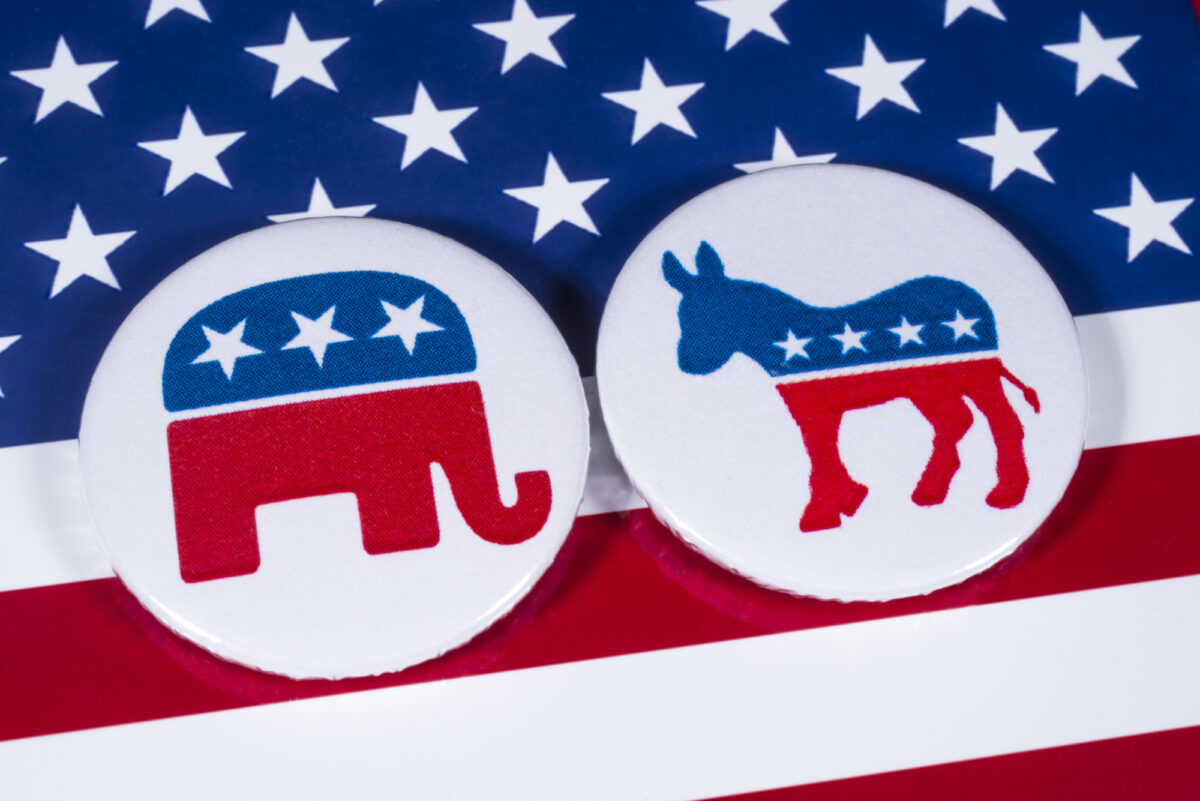Former Republican President Richard Nixon is remembered for the Watergate scandal, but few know that, according to American sociologist John D. Skrentny’s essential work, “The Ironies of Affirmative Action: Politics, Culture, and Justice in America” (1996), he is partially responsible for the first American affirmative action policies.
However, the soon-to-be-dethroned president’s ambition had little to do with achieving greater social justice. To the contrary, by promoting the objectives of racial diversity in business, he sought to win back some of the Black electorate that the Democratic Party gained after the Civil Rights Movement in the 1960s.
In the wake of the U.S. Supreme Court’s decision to ban affirmative action in college admissions, I evoke this historical anecdote to emphasize that affirmative action, a contentious issue if ever there was one for American society — but also for Canadians, our neighbors never having made up our minds about it — will never be black or white, but contain compromise and both political and moral tension.
From its infancy to Allan Bloom’s outcry about a new university racial separatism in the 1990s, affirmative action has never tired of unleashing passion, either as a major commitment for Democratic election platforms or as a rallying cry for militant conservatives against racial progressivism.
Despite the issue’s eminently political character, its divisive nature isn’t surprising. Whether one is for or against it, affirmative action explicitly undermines the credo of individualistic and meritocratic liberalism. At its heart, we find the ideal — repeatedly invalidated by sociology, but it’s not clear that our ideals have to be real to be valid — that an individual’s value is determined solely by the actions for which they are responsible.
It is not our family or our social class that determines our value, but what we do. And only these personal achievements should be taken into account, notably, in someone’s admission to a selective college (with some exceptions for legacy students and veterans). In a country like the United States, which has long fought against the privileges of noble bloodlines, one can understand this attachment to the liberal credo.
Yet, what does affirmative action do? To try and demystify the doctrine, its point of departure is the simple and just observation that the environment we come from disproportionately influences what we will be able to do (notwithstanding those “self-made men” who are exceptions that prove the rule), so it tries to counterbalance the effects of an unfavorable environment.
Only in the history and extremely particular racial context of the United States, the indicator of this disadvantageous environment takes form in one trait, socially conceived as essential: “race.” It is thus a question of taking account of “race,” of color (explicitly or implicitly, according to U.S. affirmative action legislation) to support the admission of some African American candidates to the detriment of other candidates (notably Asians).
The result? On the basis of innate characteristics, some people obtain social advantages, a situation which obviously strikes at the core of meritocratic liberalism. Philosophically speaking, affirmative action is clearly discrimination, which does not mean, as opposed to the Supreme Court’s majority opinion, that it is illegitimate.
To the contrary, considering that in the United States, segregation did not legally end until 1965 (with the Civil Rights and Voting Rights acts that put an end to the Jim Crow laws of the Southern states), and considering that that doesn’t cancel centuries of institutionalized racism in one fell swoop, Black American populations continue to encounter challenges that white populations face far less often. Some respected scholars still speak of a “racial caste” system in the United States, and the statistics tend to prove, all things being equal, that they are right.
Regardless, can we commit one wrong to right another? That’s the immensely difficult question that affirmative action has posed since the beginning. Literature on the subject presents a panoply of responses, all rigorously for or against the policy.
Those who are for it? Although today’s white populations no longer explicitly commit racist acts, they still benefit from centuries of institutional racism. The moment has yet to arrive when we can say that the Black and white middle classes are truly equal.
Those against? Assuming that it is possible to move beyond race in a post-racialist society, the continued use of race as a factor in affirmative action only reinforces and perpetuates racial difference, tending to favor Black candidates who come from the well-to-do middle class instead of from much more disadvantaged backgrounds. I repeat, to disagree with both progressive and conservative militancy, affirmative action is a complicated issue.
Nevertheless, some researchers propose a middle-of-the-road solution, one that is imperfect but also promising. They suggest it would be a matter of prohibiting the explicit use of race, and instead a matter of favoring the use of indicators closer to the real causes of social difficulties such as socioeconomic background, income, household composition, parents’ level of education, etc.
This solution would have the merit of allowing us to target the material heart of discrimination as well as the most marginalized individuals of color, all while freeing us from the use of race that exists as that word, that social category that lives in social interaction. Because let’s not forget that the idea of race hasn’t always existed. As a recent creation, we can hope that it disappears. To do this, it is still necessary that the instruments we use to fight its problems don’t keep it alive.
What is certain is that this debate will continue in the U.S. as it does here, regardless of what the Supreme Court’s conservative majority thinks. Let’s just hope that we will manage to debate it with moderation, fairness and concern for all parties.
Shop For Night Vision | See more…
Shop For Survival Gear | See more…
-
Sale!

Stainless Steel Survival Climbing Claw Carabiner Multitool Folding Grappling Hook
Original price was: $19.99.$9.99Current price is: $9.99. Add to cart -
Sale!

Mesh Shooting Hunting Vest with Multi Pockets
Original price was: $59.99.$39.99Current price is: $39.99. Add to cart -
Sale!

Portable Mini Water Filter Straw Survival Water Purifier
Original price was: $29.99.$14.99Current price is: $14.99. Add to cart

















































